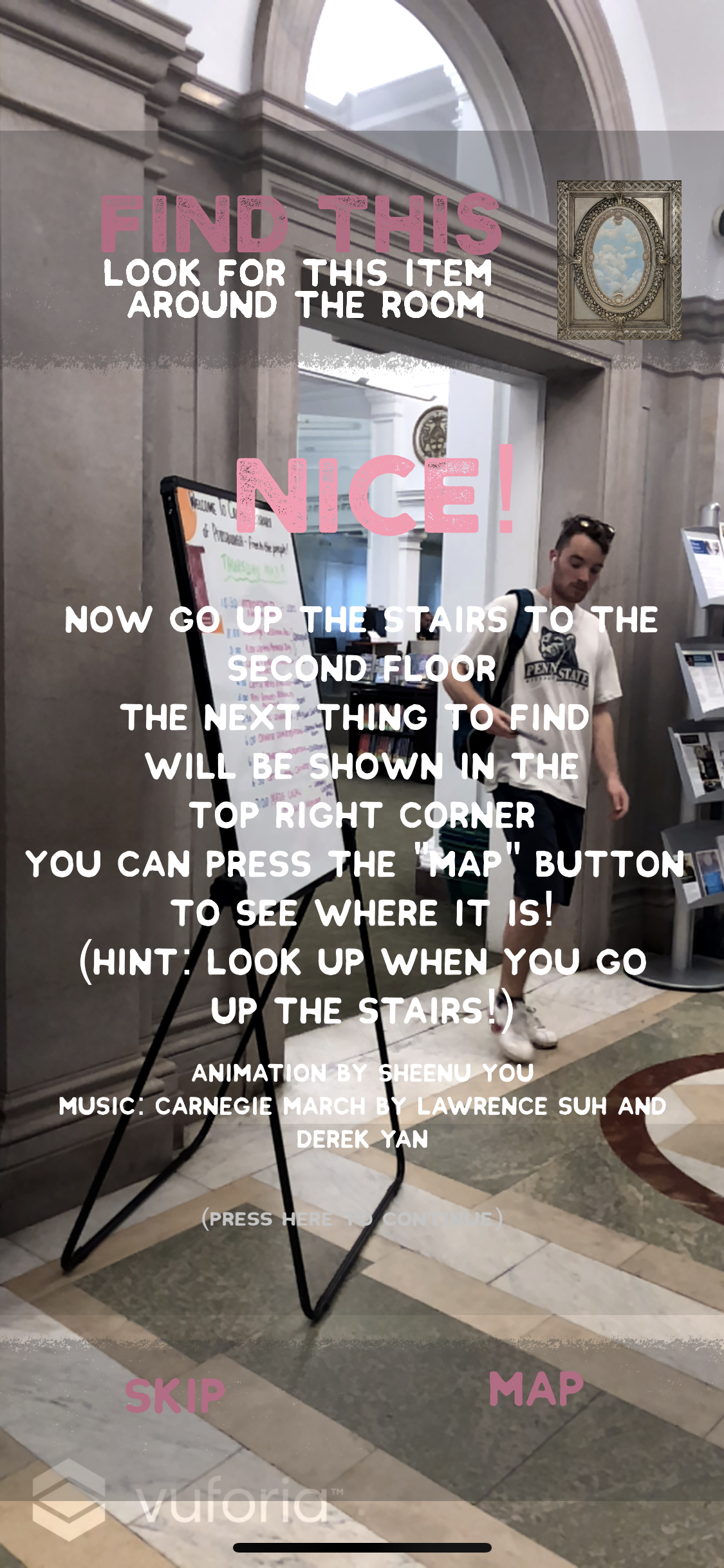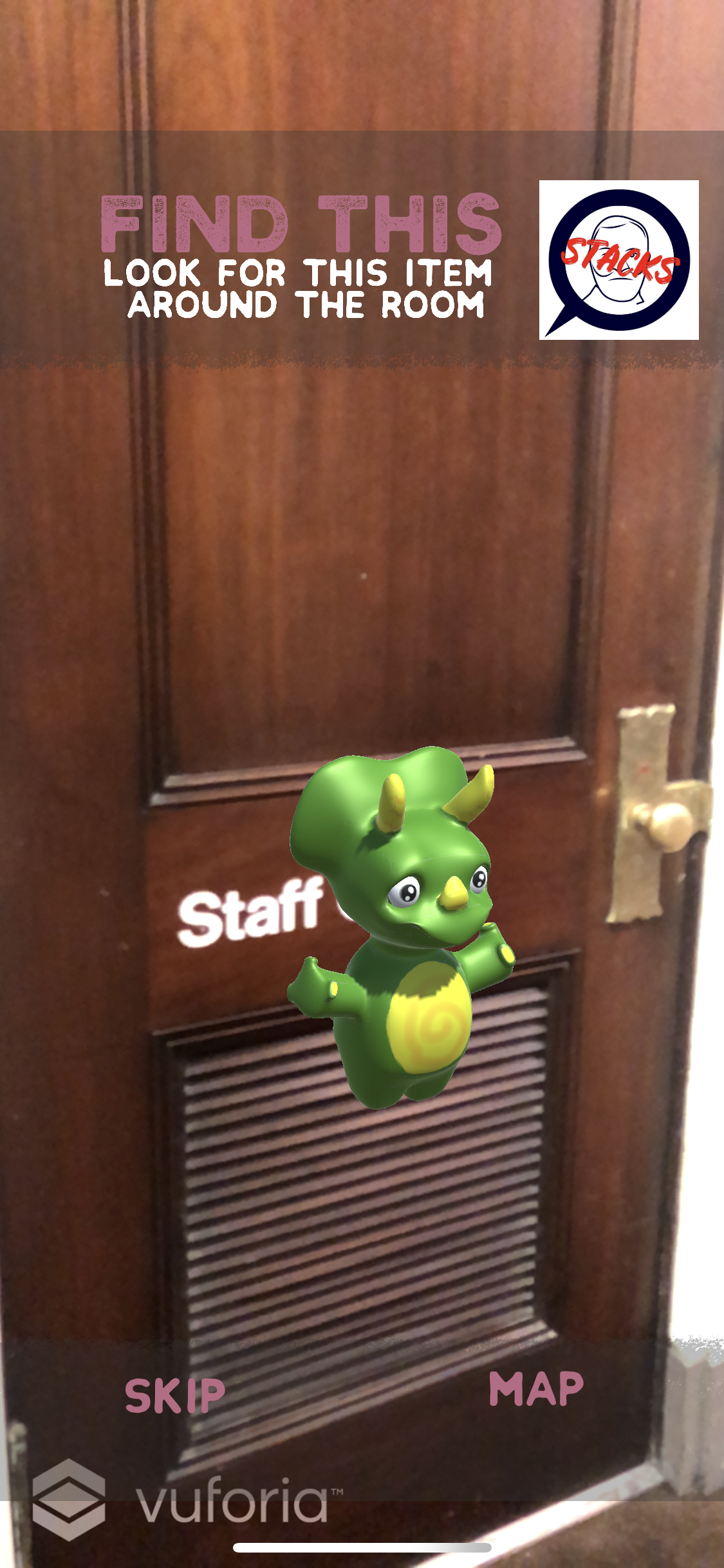Carnegie Library Project: Light Box (2019)
Interactive installation
Plywood, acrylic paint, tracing paper, Arduino, landline phone, keycode lockbox, 2.5' x 1.5’ x 0.5’
Class: Real-Time Animation, Spring 2019
Contributors: Hojung Kim, Yixiao Fu, Rachel Lee
This spring, my Real-Time Animation art studio collaborated with the Experimental Sound Synthesis class and the Carnegie Library of Pittsburgh to produce site-specific interactive installations. The library was looking for a team to synthesize their historical collections, such as photographs and music from mid-20th century Pittsburgh, and create an art exhibit about them which could be experienced by any library-goer.
Real-Time Animation was framed through a lens of interactivity. We first explored what it meant for an object to be animated, and using that knowledge we then questioned how we can represent and manipulate animation when a user is involved. During the first half of the semester we learned how to use various software and digital media for interactive works, so many of the projects created before the Library Project were video games, web-based applications, and virtual/augmented reality installations.
As our class began the Library Project, we toured the library. Upon consolidating the information which our guide shared, many of us felt the “aura” of the library was dull compared to its rich contents and history, and it was in need of re-animation—of life. Thus we began to metaphorically talk about the library like it was a body, with systems, processes, and important contents which all work together to house a spirit and a culture.
As a result, even though there were multiple groups whose projects were based on separate collections, they are all related with this “library as a body” theme. Through an augmented reality phone application, developed with Vuforia, the user can explore the library by following paths along its “neural network,” hunting for significant landmarks in the library and being led to other physical installations along the way through a series of image targets and animations. Such installations include a sound-walk through the “stacks,” a theremin-like instrument which mixes EDM with Pittsburgh Polka music, and my group’s project, the Phone Booth Box.
When we were touring the library, one thing that stood out to my three groupmates and me was an empty phone booth in a random hallway. We asked the guide why they were keeping it, as the lack of a phone technically made it a useless wooden box. She said people are asked to use it when they need to make a phone call, but we tested it out afterward and it isn’t soundproof, so you can distract others in the next room if you aren’t quiet; and it also has big windows on three of the four sides, so it’s not very private. The four of us came together because we found it interesting how calling was still involved in its use, but the calling was detached from the structure, and it was unhelpful in every other purpose of a phonebooth, so the user was never truly interacting with it as they were no longer relying on it for communication or privacy.
Therefore, we bring communication back into the phone booth with the Phone Booth Box. We created a light display which constantly reacts to all the sounds in its environment, where we ask the user to pick up the phone and speak to the box. It responds with different colors, patterns, and brightnesses.
My group wanted to explore animation in a non-traditional sense, specifically with light, so we decided to make a physical computing installation with Arduino. However, only two of us had experience with Arduino, so we sought to build an object which could be contributed to by everyone.
This piece is made from laser cut wood, black paint, tracing paper, and an individually addressable LED strip. Rachel mainly served as the project manager; she organized a lot of our group meetings, documents, emails, and she collected/ordered all of the extra parts we needed. Hojung modeled the box in Rhino and cut it from the laser cutter. Yixiao and I had the experience with Arduino, so we figured out most of the code and electronics involved with the lights. Finally, we all worked together in the woodshop to physically fabricate the box and its stand, with the power tools, glue, clamps, paint, and tape.
One of the groups from the sound class also used the phone booth as a structure to hold their installation. Their project basically turns the phone booth into a Pittsburgh audio time machine, where you can listen to different sounds from Pittsburgh’s history by dialing years on the keypad, many of which are specific to the Duquesne Incline.
Together, we turned the phone booth into the “brain” of the library—of Pittsburgh, even—as one may experience and contribute to the audio-visual memory of Pittsburgh’s past and present when they step inside.











